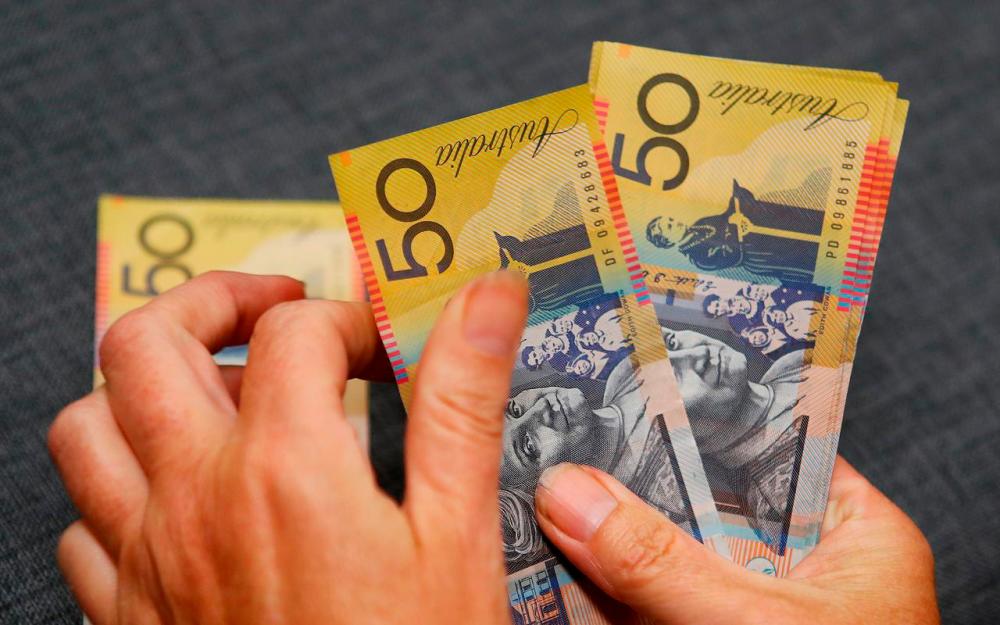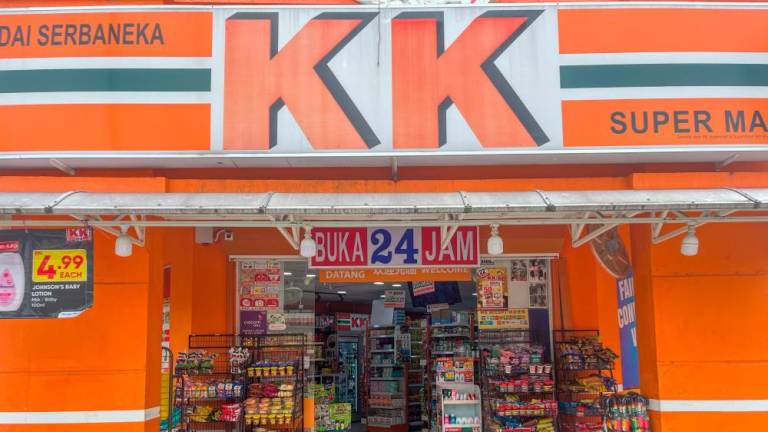SYDNEY: The Australian dollar eased from recent highs on Wednesday after second quarter consumer prices fell the most on record, cementing views interest rates will stay low for a long time.
The Australian dollar was down 0.2% at $0.7155, easing from a 15-month peak of $0.7184 touched a week ago.
Risk appetite was generally weaker on worries about rising coronavirus cases and deaths in the United States, dashing hopes for a quick global economic recovery.
The U.S. Federal Reserve is expected to strike a dovish stance at its policy review later in the day and dollar bears bet it could even hint at further easing down the road.
In Australia, the prospect for interest rates to remain at record lows was further strengthened after data showed the consumer price index (CPI) fell 1.9% in the June quarter.
"This was the largest quarterly fall in the 72-year history of the CPI," said Bruce Hockman, chief economist at the Australian Bureau of Statistics (ABS).
The Reserve Bank of Australia (RBA) left rates at an all-time low of 0.25% after an emergency cut in March and may have to do more to reignite consumer prices.
"We think (inflation) is likely to remain depressed for years to come," Capital Economics wrote in a note to clients.
"That's why we think the RBA's forecasts for underlying inflation to reach 1.5% by mid-2022 are too optimistic. We therefore think the bank has more work to do."
Across the Tasman Sea, the New Zealand dollar was flat at $0.6657, not far from a six-month high of $0.6702 touched on Tuesday.
New Zealand government bonds rose, sending yields about 3-4 basis points lower across the long-end of the curve.
Australian government bond futures rose, with the three-year bond contract up half a tick at 99.695. The 10-year contract climbed 4.5 ticks to 99.105.
The debt market was supported by details of Tuesday's A$15 billion sale of a new 30-year bond which showed two thirds of the issue was snapped up by offshore buyers.
Fund managers took a hefty 69% of the sale, underlining the strong demand for very long-dated triple-A rated debt. - Reuters














